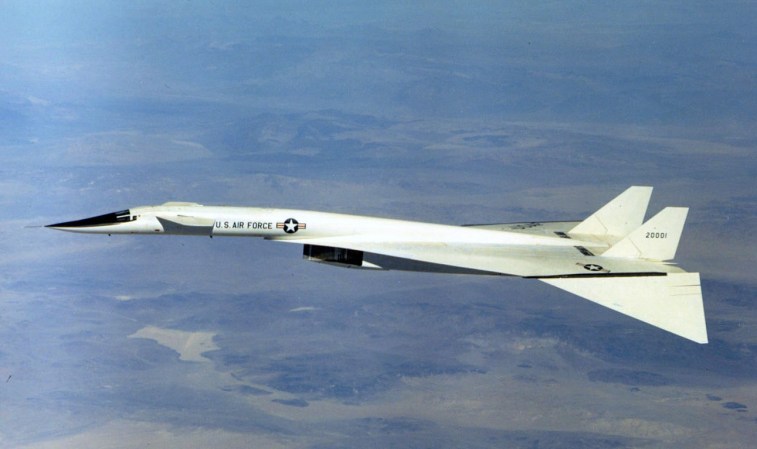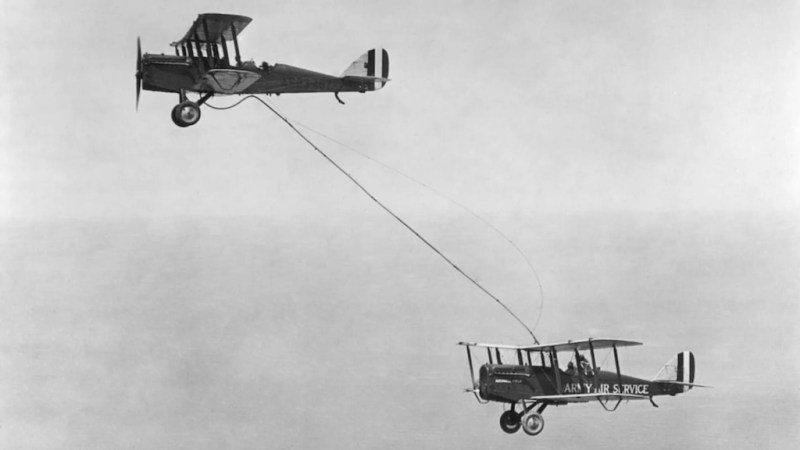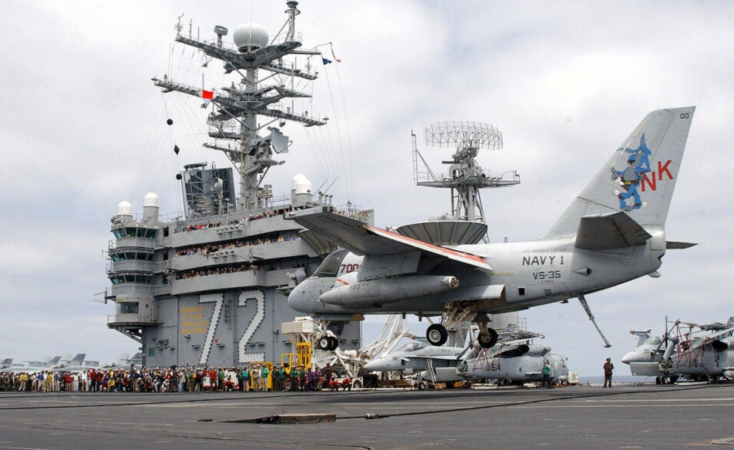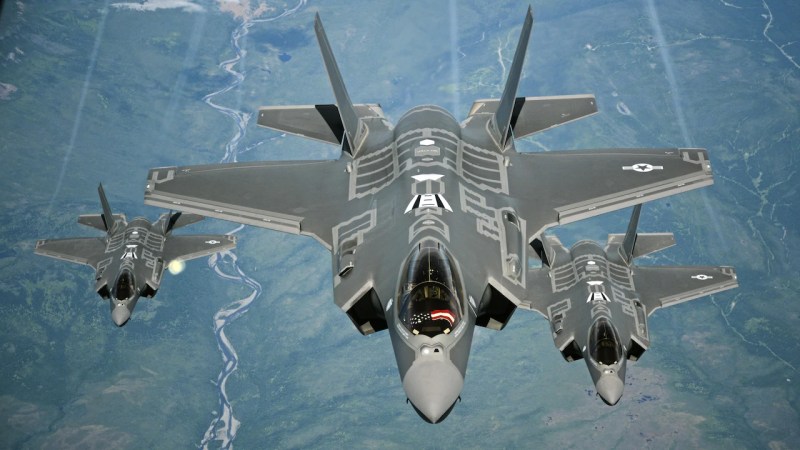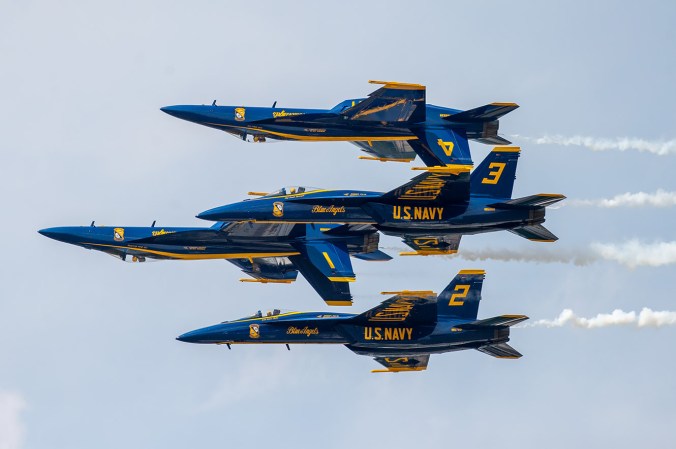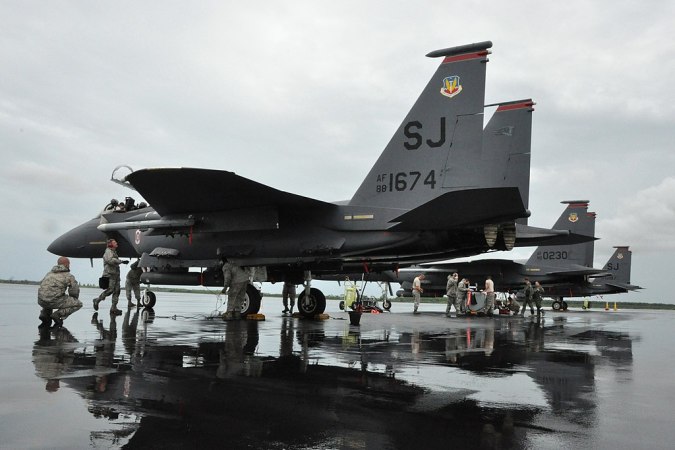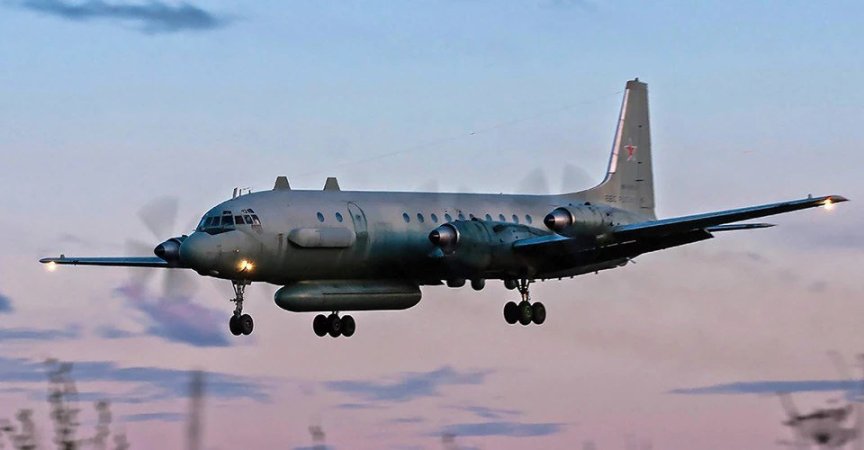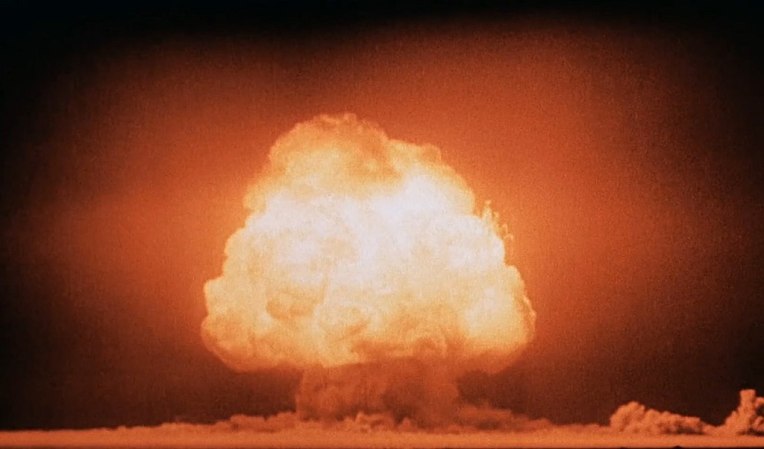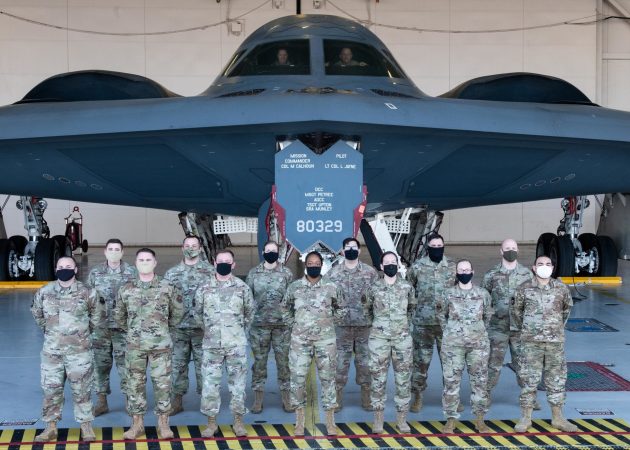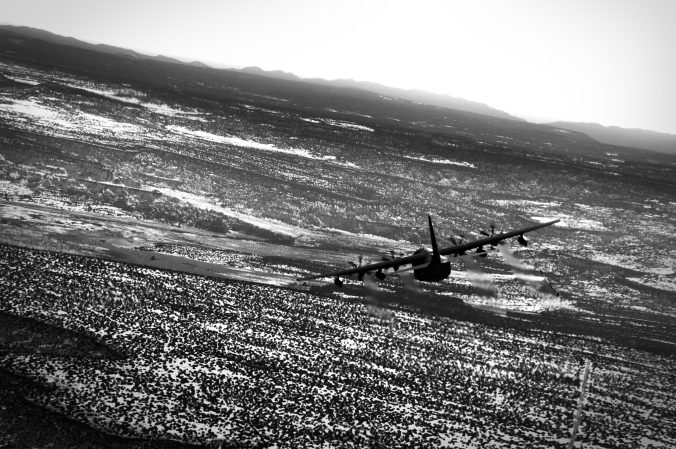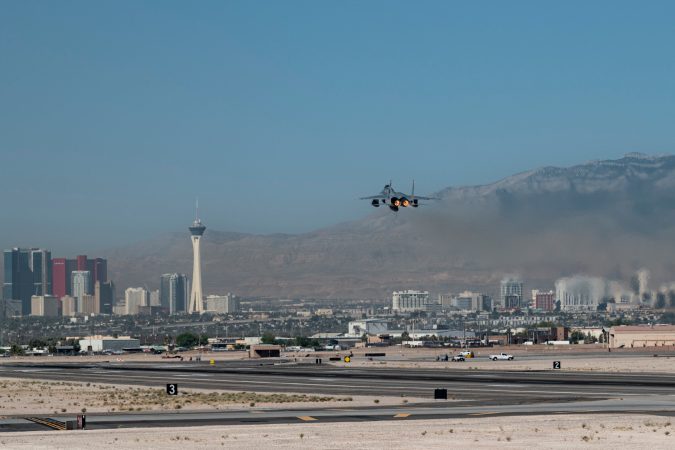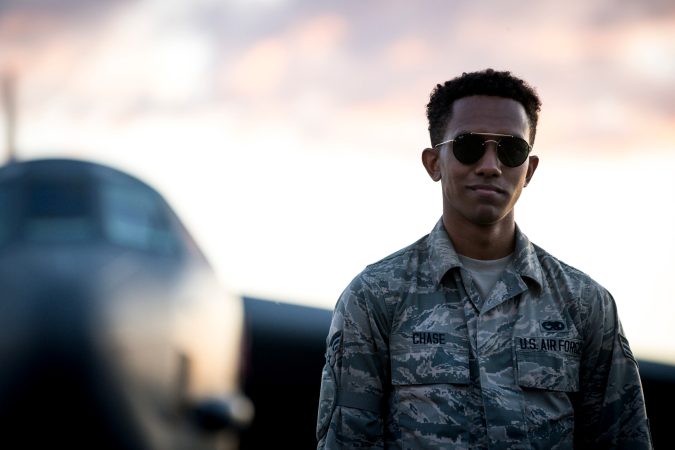Secretary of Defense James Mattis goes by many badass nicknames, including “Mad Dog,” “Warrior Monk,” and “Chaos.”
So it’s only fitting that the aircraft he usually flies on while functioning his official capacity is known by an equally badass name — “Nightwatch.” Its name hints at its original mission — a doomsday plane, equipped to provide the president and high-ranking members of the military with the ability to retain control of America’s offensive forces in the event of an all-out nuclear war or cataclysmic event.
Nightwatch now serves as an airborne command post for the SECDEF, allowing him to remain in touch with the U.S. military he oversees while traveling anywhere in the world, especially useful should the unthinkable occur.

The Air Force possesses four Nightwatch aircraft — converted Boeing 747-200 jumbo jet airliners. Like their civilian counterparts, these airplanes come with a considerable operating range and internal carriage capacity. However, that, and a passing external resemblance, is where all similarities end. Underneath the hood, these are completely different aircraft with unique systems and sensors that allow it to do what no other aircraft in the Air Force can.
Unlike a commercial Boeing 747, these aircraft, officially designated E-4B Advanced Airborne Command Posts, lack the rows of plush seats, fold-out meal trays and entertainment screens. Instead, each E-4B is divided up into compartments for its Battle Staff, a joint services team of controllers and coordinators ready to interface with various military units should they be called into action.
Nightwatch crew quite literally have the ability to call virtually connect to any phone number in the world, thanks to a complex satellite communications suite aboard the aircraft. It’s this suite that allows them to also relay commands and orders to America’s nuclear arsenal, forward-deployed submarines and Navy battle groups operating around the globe, or even to speak directly with the President at secured locations.

Because Nightwatch was designed during the Cold War, where nuclear war was still a distinct possibility, it was built to fly with incredible endurance. Defense analysts estimate that each E-4B could spend up to seven days flying continuously with the help of aerial refueling, though the Air Force has only actually flown its E-4Bs up to 35 hours in testing thus far.
The cockpit of the aircraft looks just as it would in the 1980s, with a few modifications. Instead of LCD screens and touch-pads, the Air Force has kept the original analog gauge-type flight instruments, as they’re less susceptible to failing after experiencing an electromagnetic pulse blast from a nuclear explosion.
That’s right… the E-4B is built to be able to fly through the immediate aftermath of a nuclear detonation without sustaining any damage to its systems. The entire aircraft is sealed off and pressurized with special “scrubbers” in its air conditioning system constantly filtering out harmful particles that may find their way inside the cabin. Should an E-4B actually fly through nuclear radiation, its crew inside will be completely safe and sound. The aircraft also carries a considerable amount of rations and potable water for its crew, as well as sleeping berths and its own troubleshooting staff, ready to assist with technical malfunctions and glitches as needed.

However, flying theses monsters isn’t very cheap at all – each Nightwatch costs an average of around $159,529 per hour to fly. Sourcing parts for the fleet isn’t easy either, especially considering that Boeing ceased production of the 747-200 platform decades ago.
It’s estimated that by 2039, all four E-4Bs will have served out their entire useful lifespans, and will have to be replaced, this time with an even more capable long-range aircraft that will assume the mantle of being America’s doomsday plane. Until that day comes, Nightwatch still serves at the Secretary of Defense’s pleasure, ferrying him around on official trips and visits as a visible sign of American military power.









